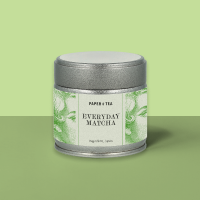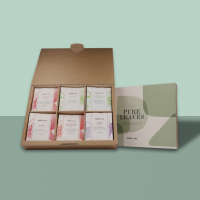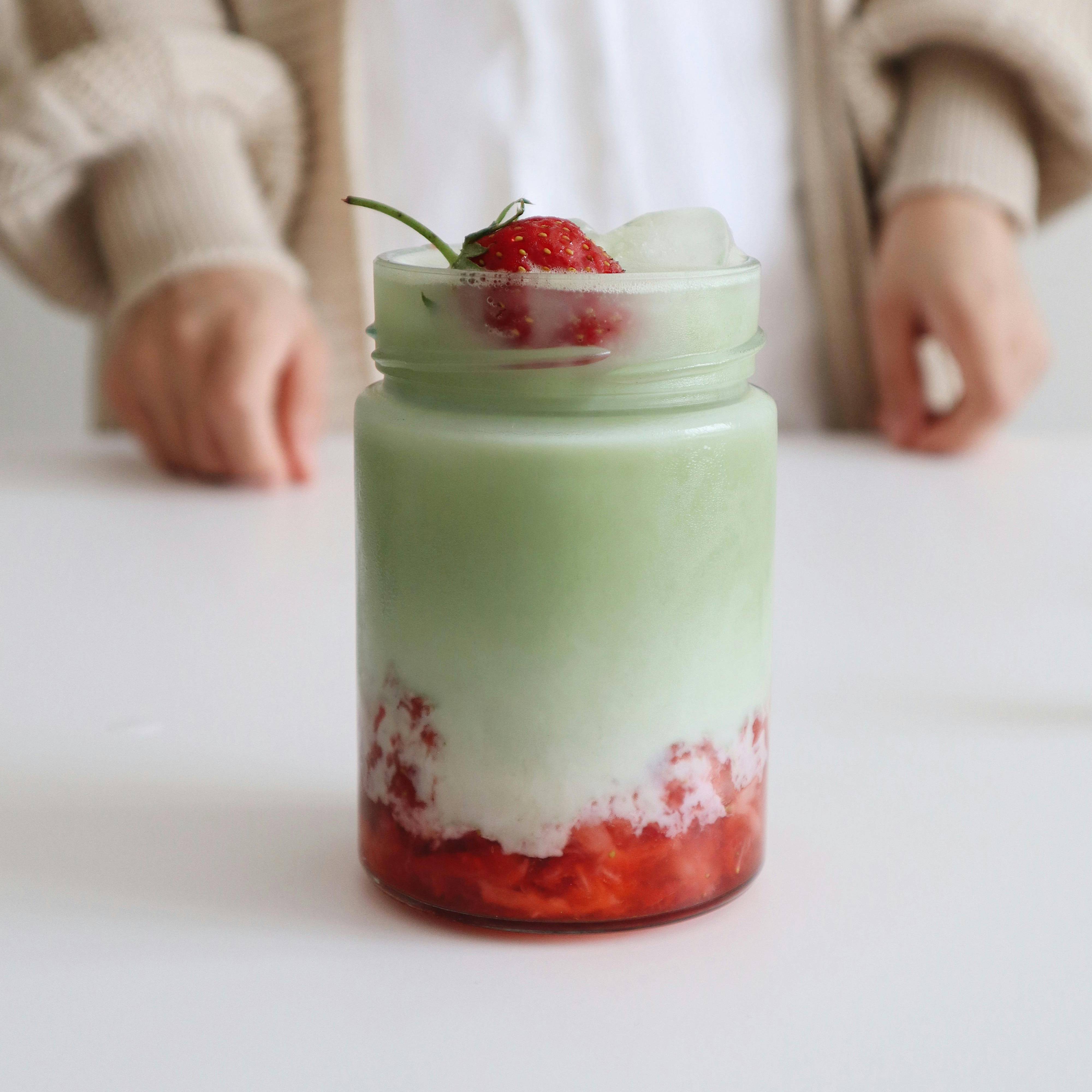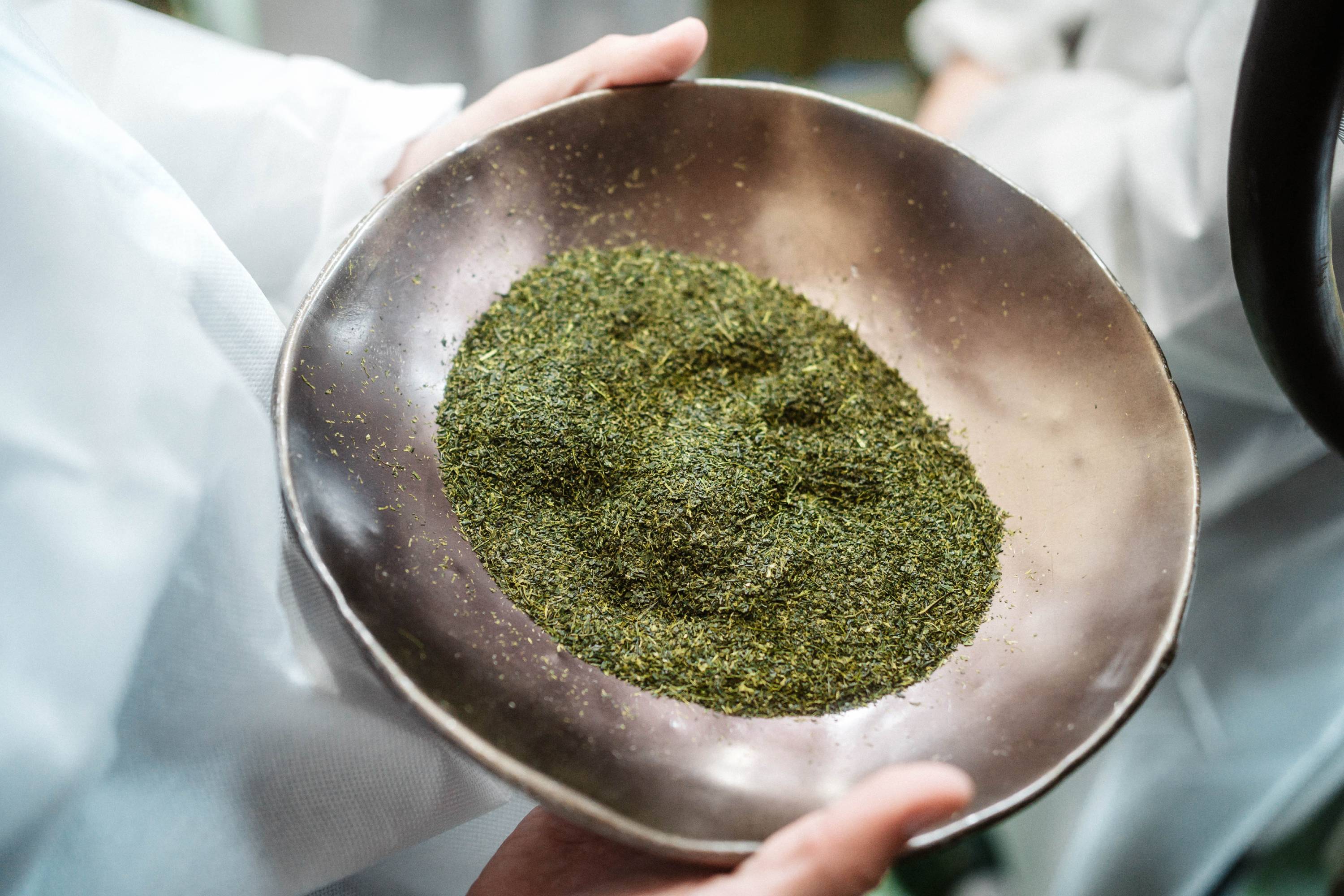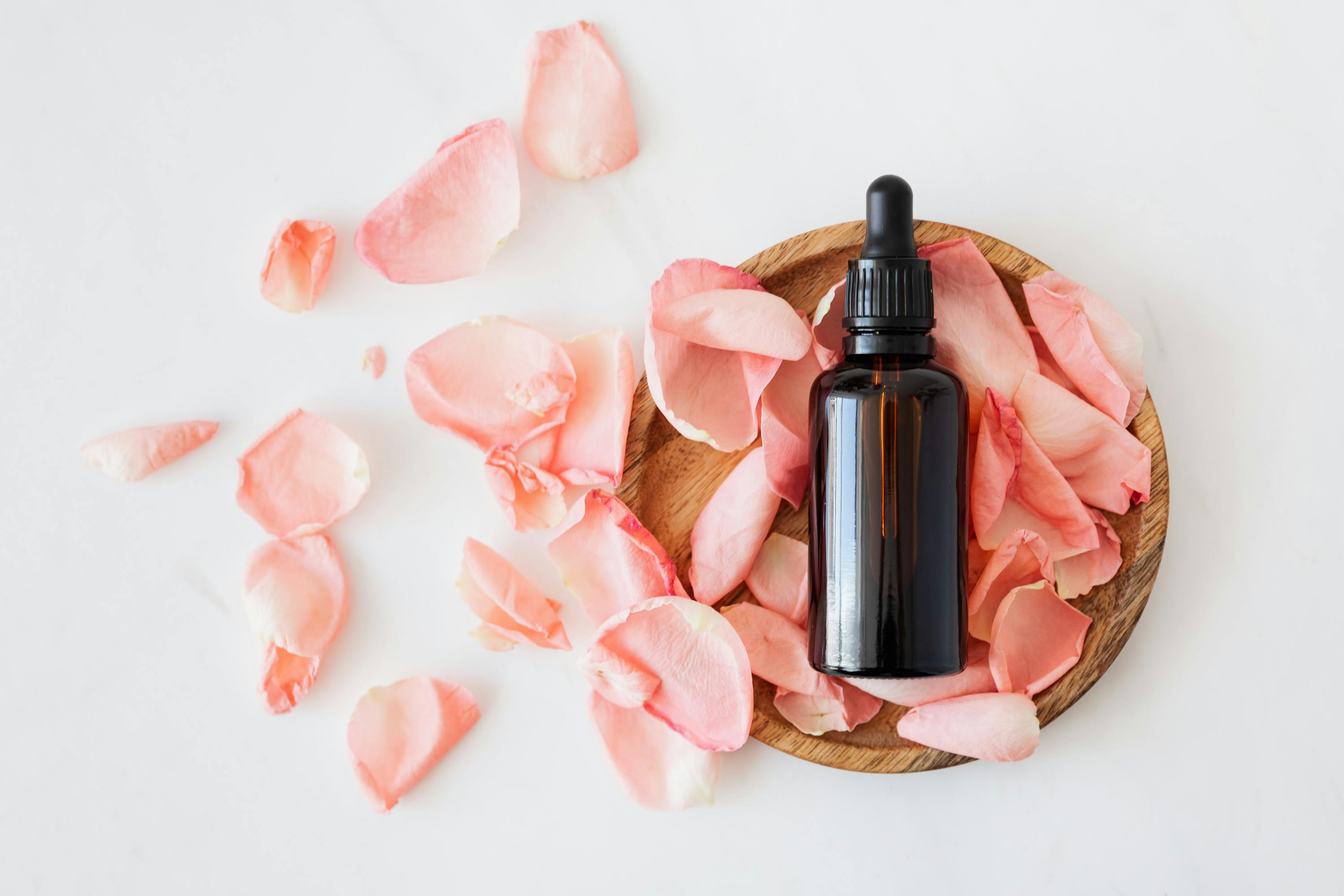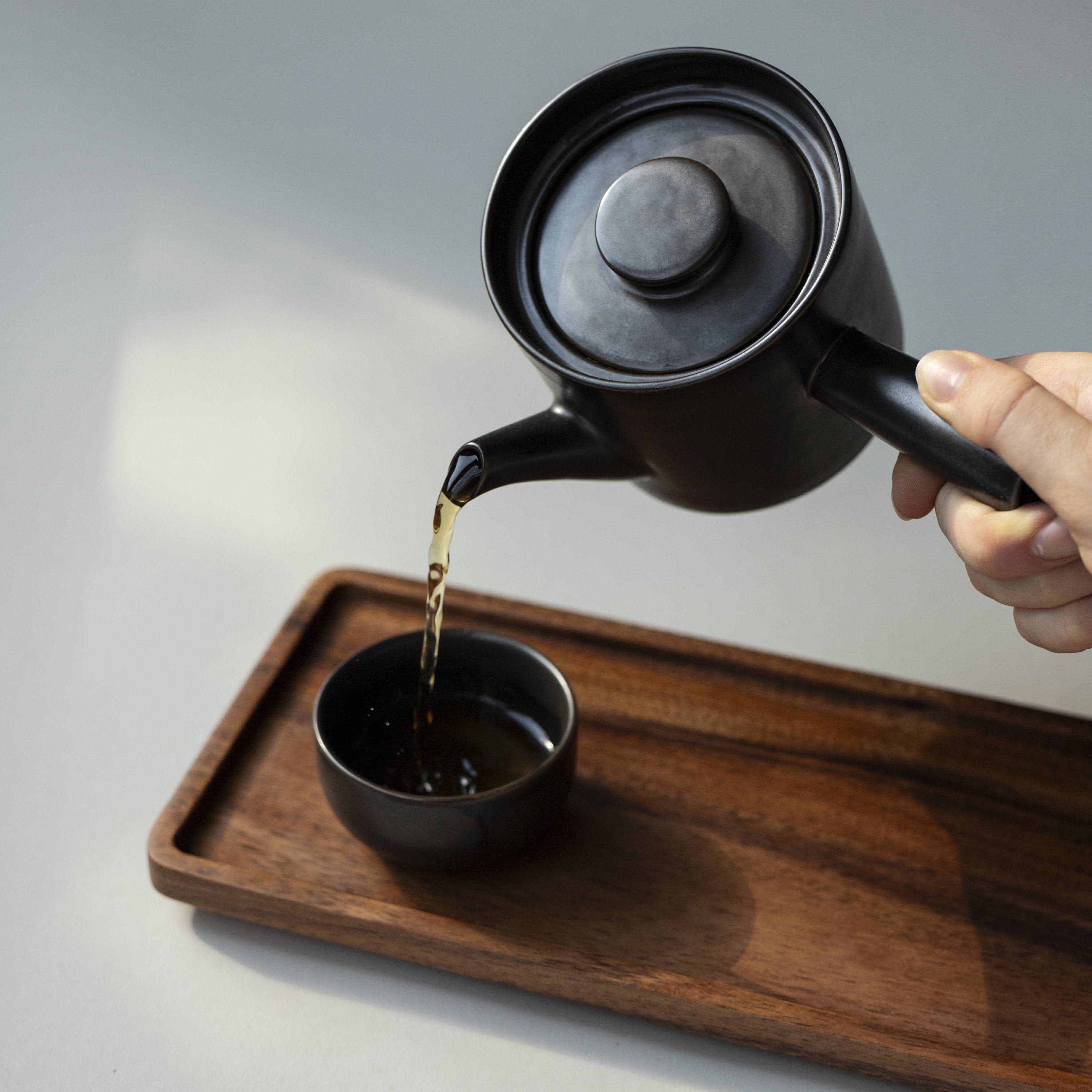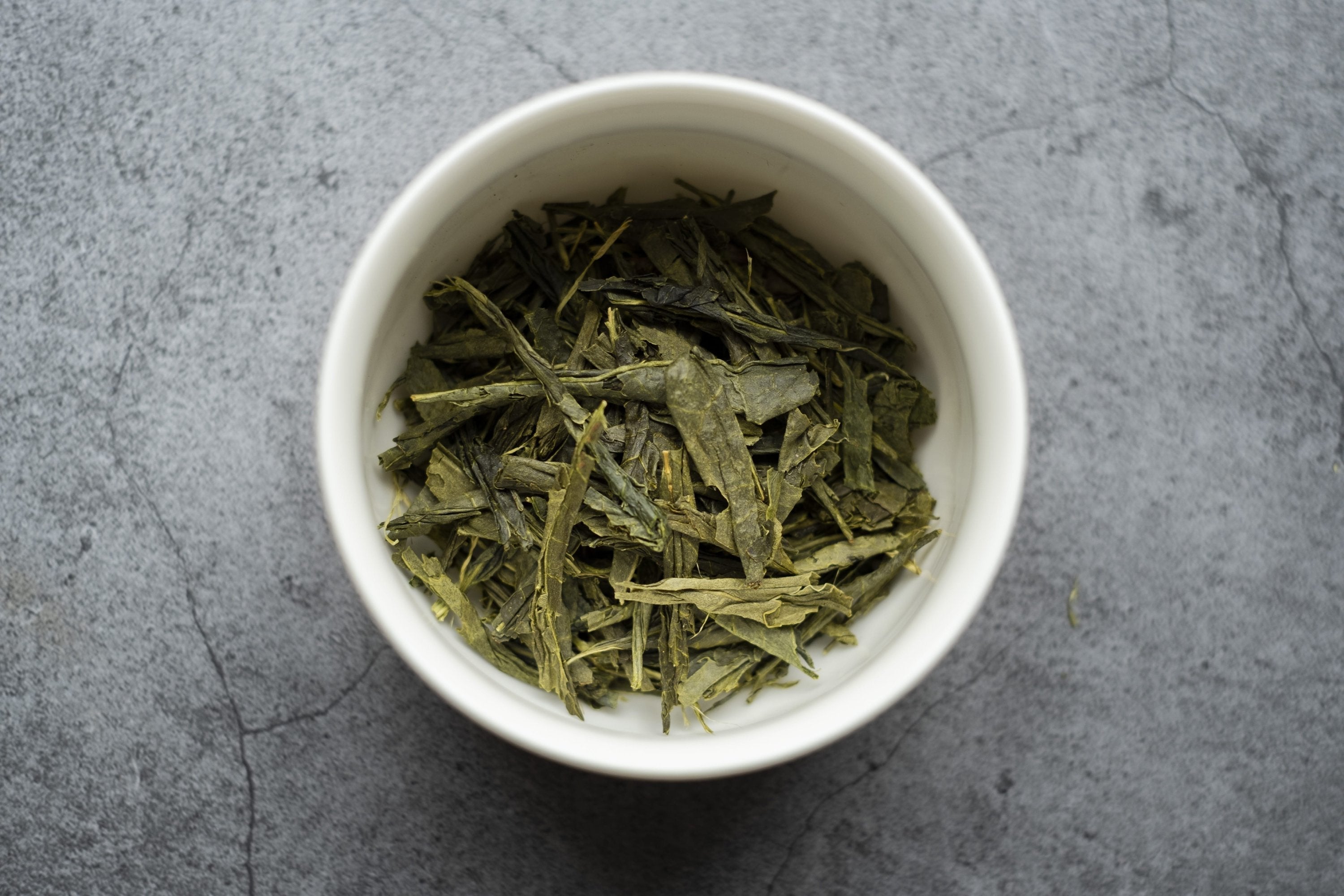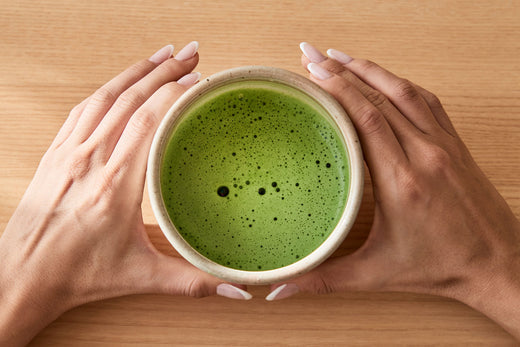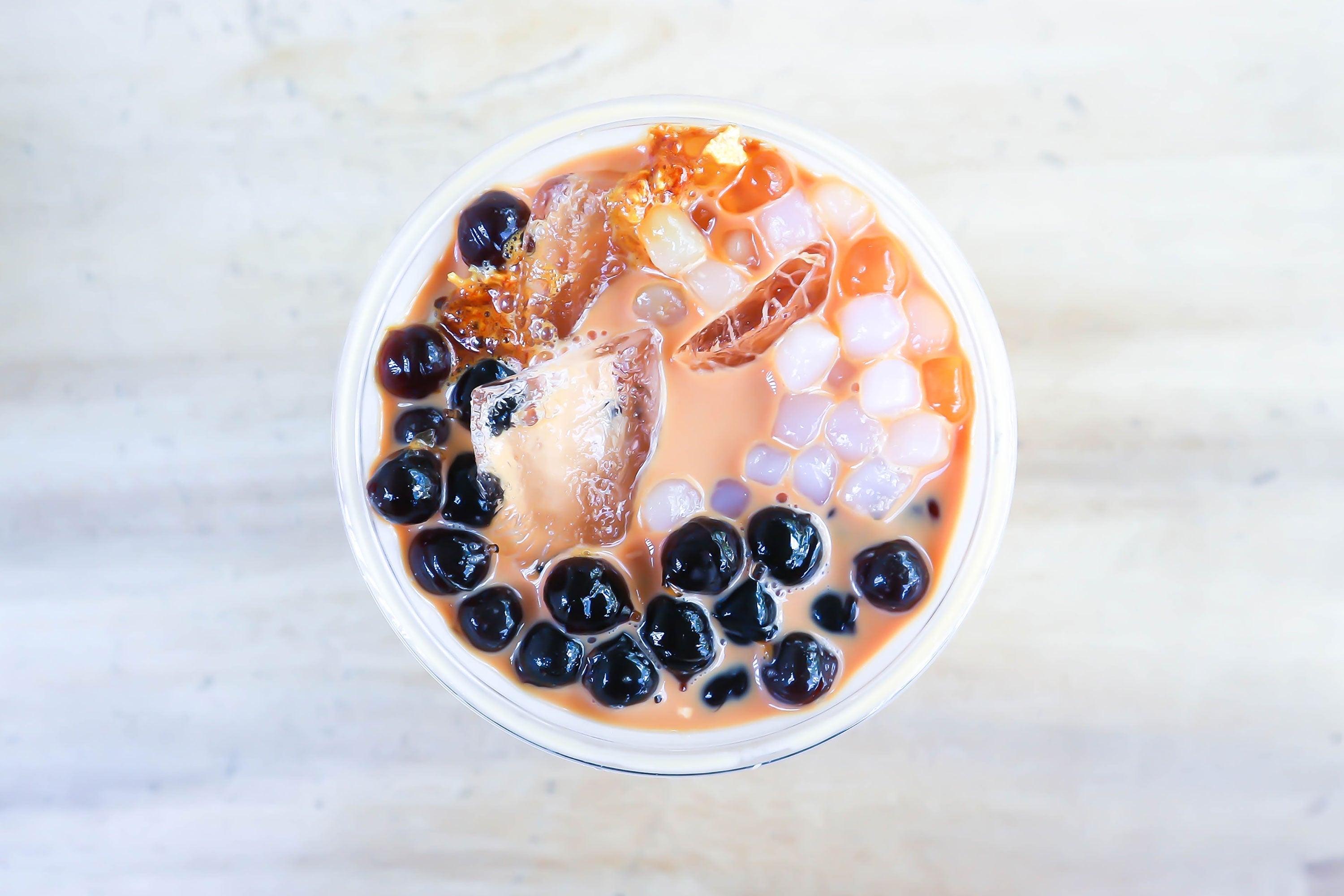Favorite Products of Aysegül
Latest Posts of Aysegül
Inside PAPER & TEA
Introducing Our Partners: Sugimoto from Japan
We travel to the places of origin of our teas. In this article, we introduce the Sugimoto Tea Company in Japan.
Glossary
Essential Oils
Essential oils are highly concentrated plant extracts obtained through distillation or cold pressing. They contain the characteristic aromas and fragrances of the respective plant and are used in a...
Glossary
Cranberry
Cranberries grow on low shrubs in sandy or boggy areas. The berries have a shiny, smooth skin and contain several small seeds. Due to their tart taste, cranberries are rarely eaten raw. Instead, th...
All About Tea
How to Gaiwan: Your Guide to Perfect Tea Preparation
The Gaiwan takes you into Chinese tea culture. Learn how to brew tea with a Gaiwan.
Glossary
Kyusu
A Kyusu is a traditional Japanese teapot specifically designed for brewing green tea. Characterized by its side handle, it allows for comfortable and precise pouring.
Glossary
Tie Guan Yin
Tie Guan Yin refers to both a specific variety of the Camellia sinensis tea plant and the Chinese Oolong tea made from it. Originally, this tea variety comes from the Anxi region in the renowned te...
Glossary
Anise
Anise, scientifically known as Pimpinella anisum, is an annual plant from the Apiaceae family, primarily cultivated for its aromatic seeds. These seeds are known for their sweet, licorice-like flav...
Glossary
Peppermint
Peppermint is often used as a synonym for mint, but it is one of the 30 mint varieties. Botanically known as Mentha x piperita, peppermint is a hybrid mint that originates from a cross between wate...
Glossary
Lemongrass
Lemongrass (Cymbopogon citratus) is a tropical grass predominantly used as a spice in dishes and beverages throughout Asian cuisine. It has a distinctive fresh, lemony scent and exotic flavor. It i...
Glossary
Bancha
Bancha (Jap. 番茶, ban (common) and cha (tea)) is a type of green tea harvested during the later summer seasons of the year. Bancha is considered an everyday green tea and is the second most popular ...
Glossary
Mizudashi
Mizudashi (水出し) is a Japanese method for making an infusion or broth (dashi) using cold water (mizu) to extract flavors. Internationally, this technique is known as "cold brew" and is especial...
All About Tea
The Fascination of Dark Chocolate
Tea and dark chocolate go wonderfully together. Learn more about the unique flavors, production, and history of dark chocolate.
All About Tea
Facts about Kukicha Tea from Your Tea Experts
Kukicha is a unique twig tea from Japan with an exciting aroma profile. Learn more about this lesser-known tea variety.
All About Tea
Matcha Grades: Quality & Differences
Culinary, Premium or Ceremonial? We tell what you need to know about different Matcha grades!
Recipes
Make Your Own Bubble Tea
Discover everything about Bubble Tea, the trendy tea beverage from Taiwan and learn how to easily make it at home!
